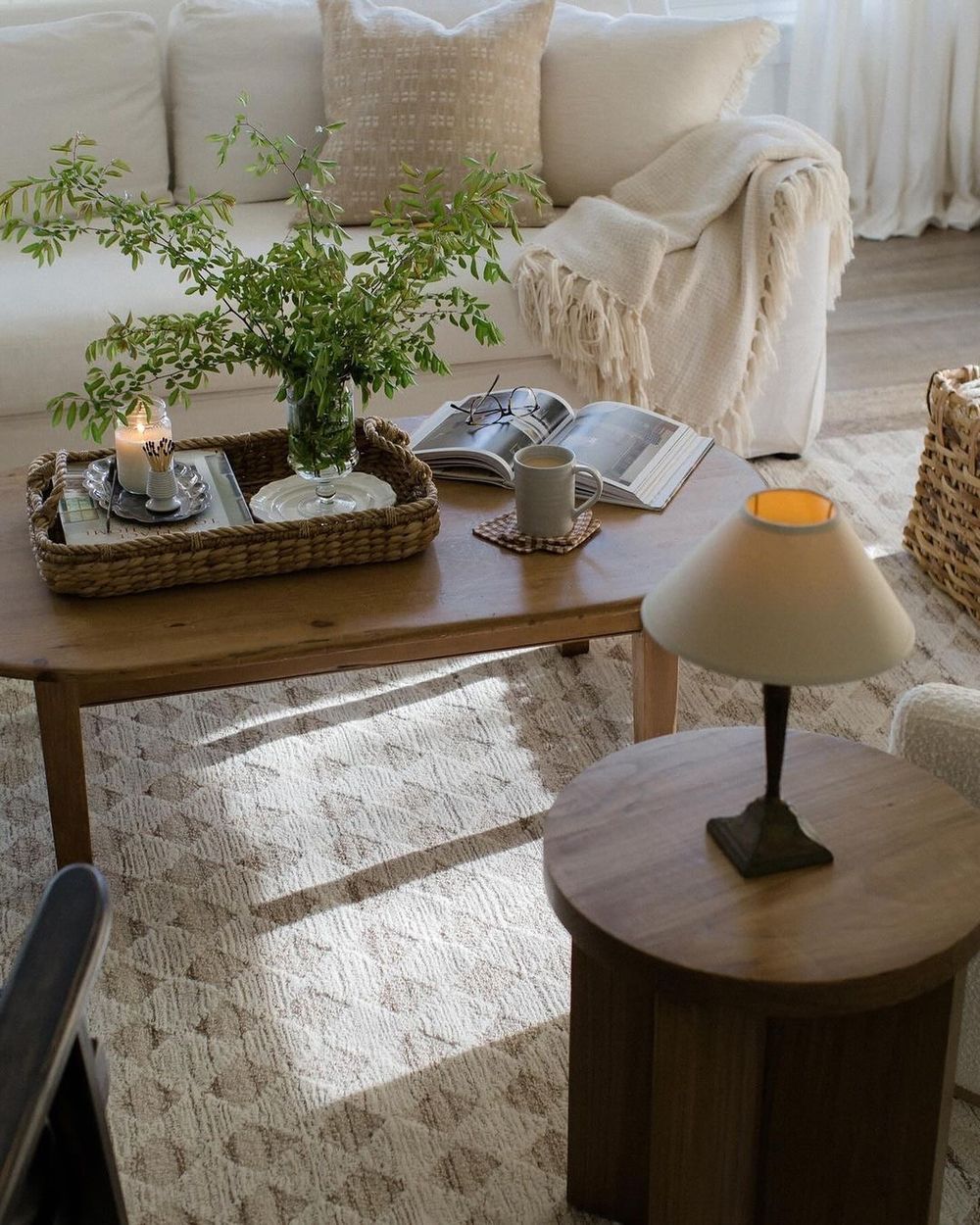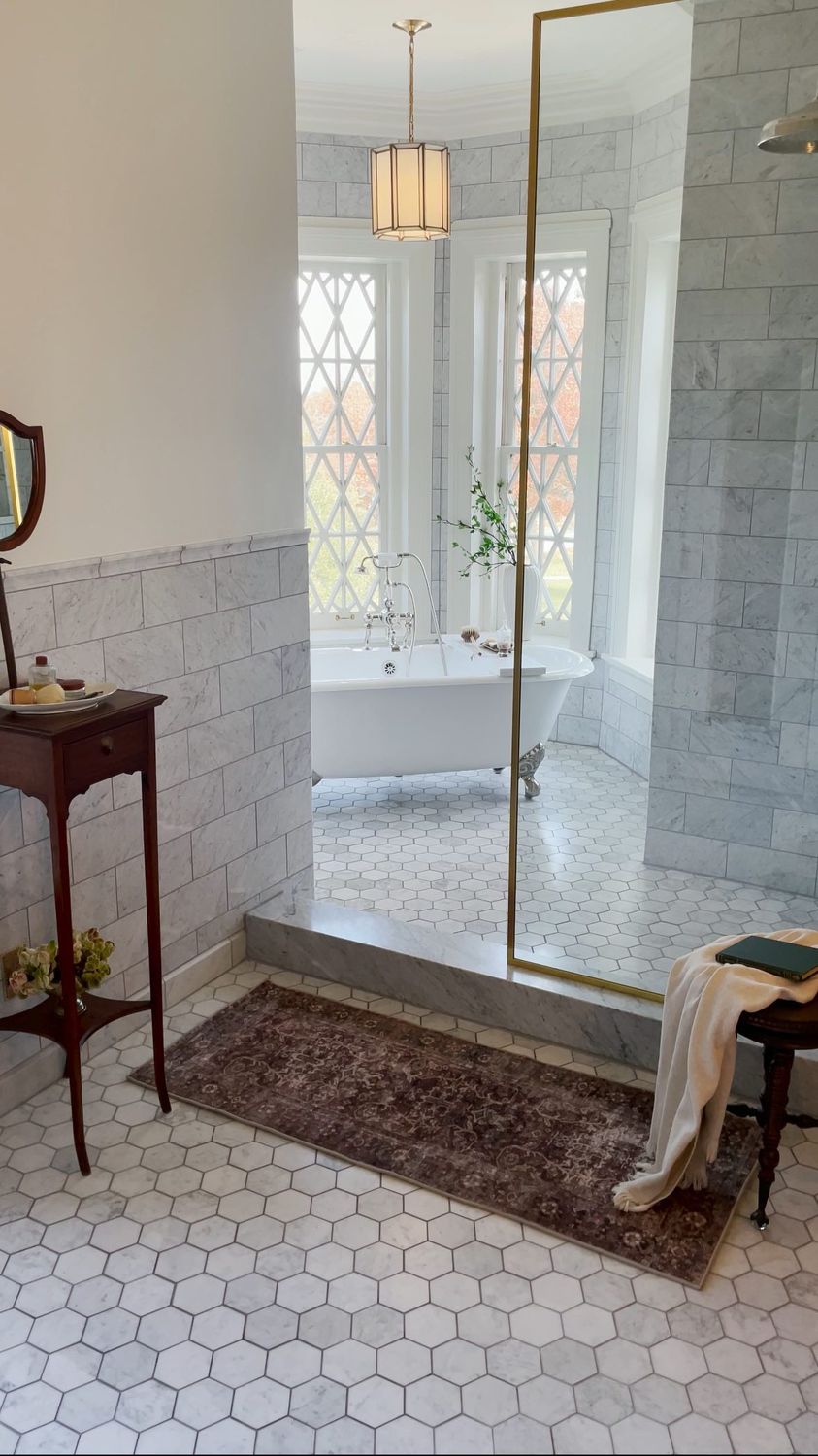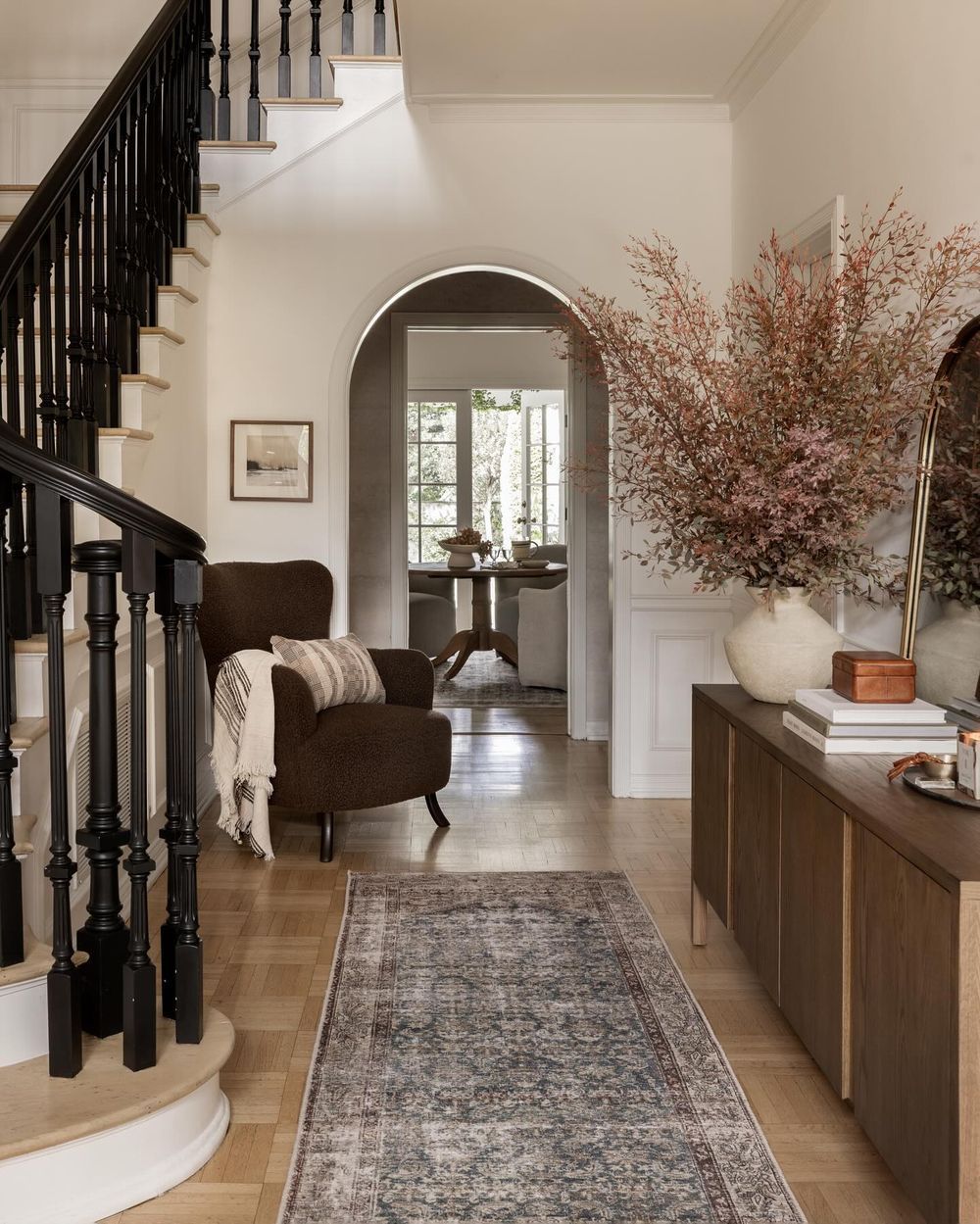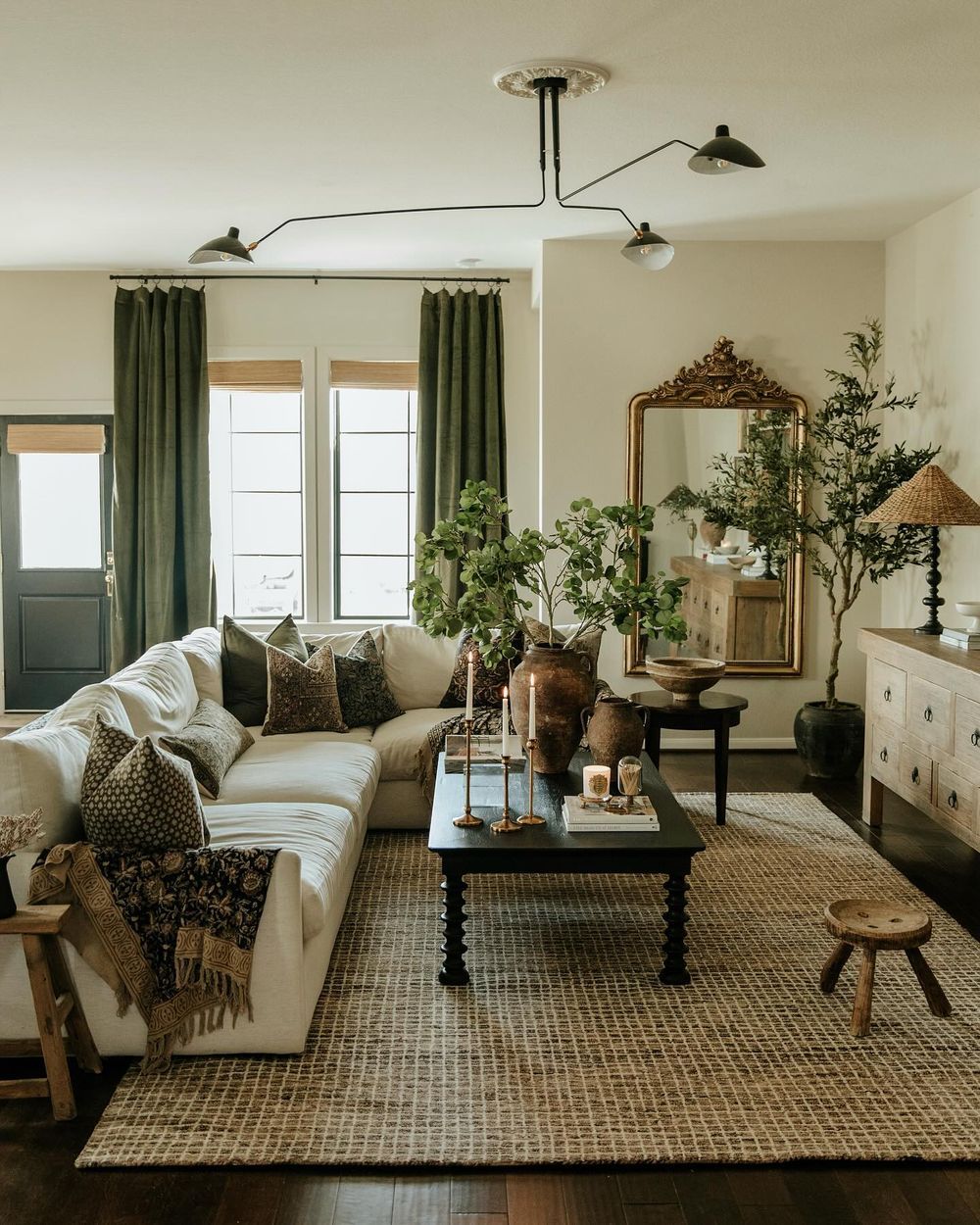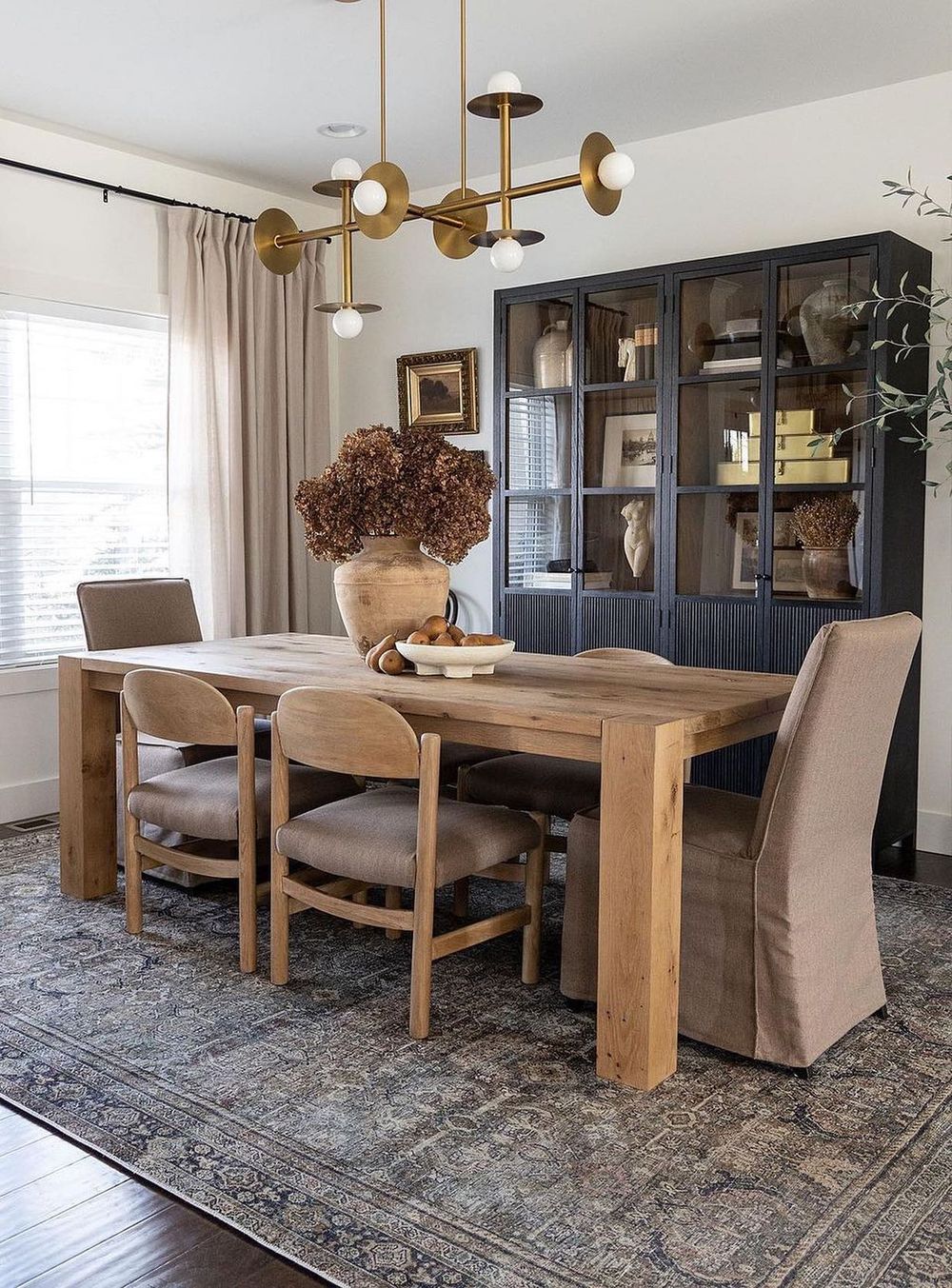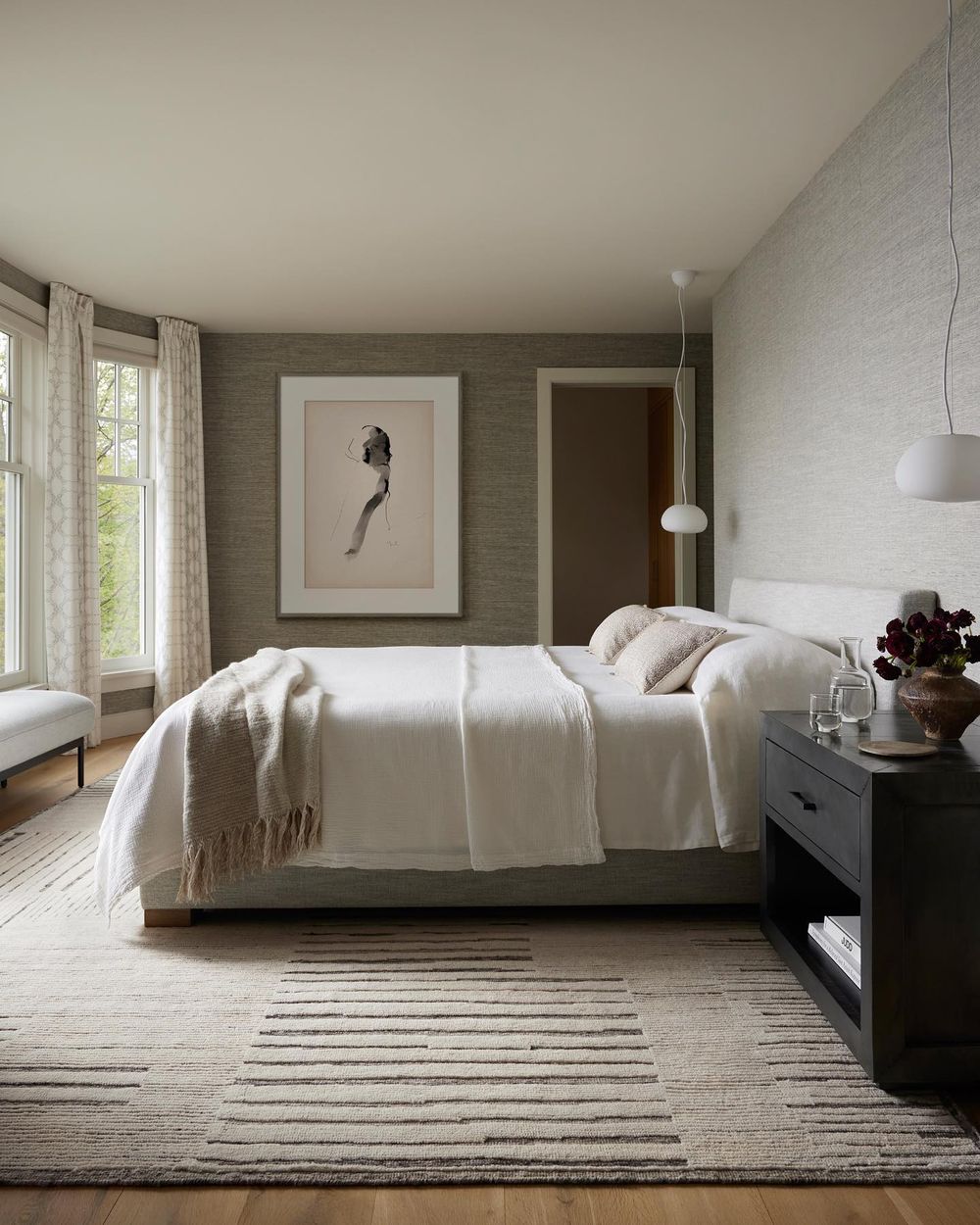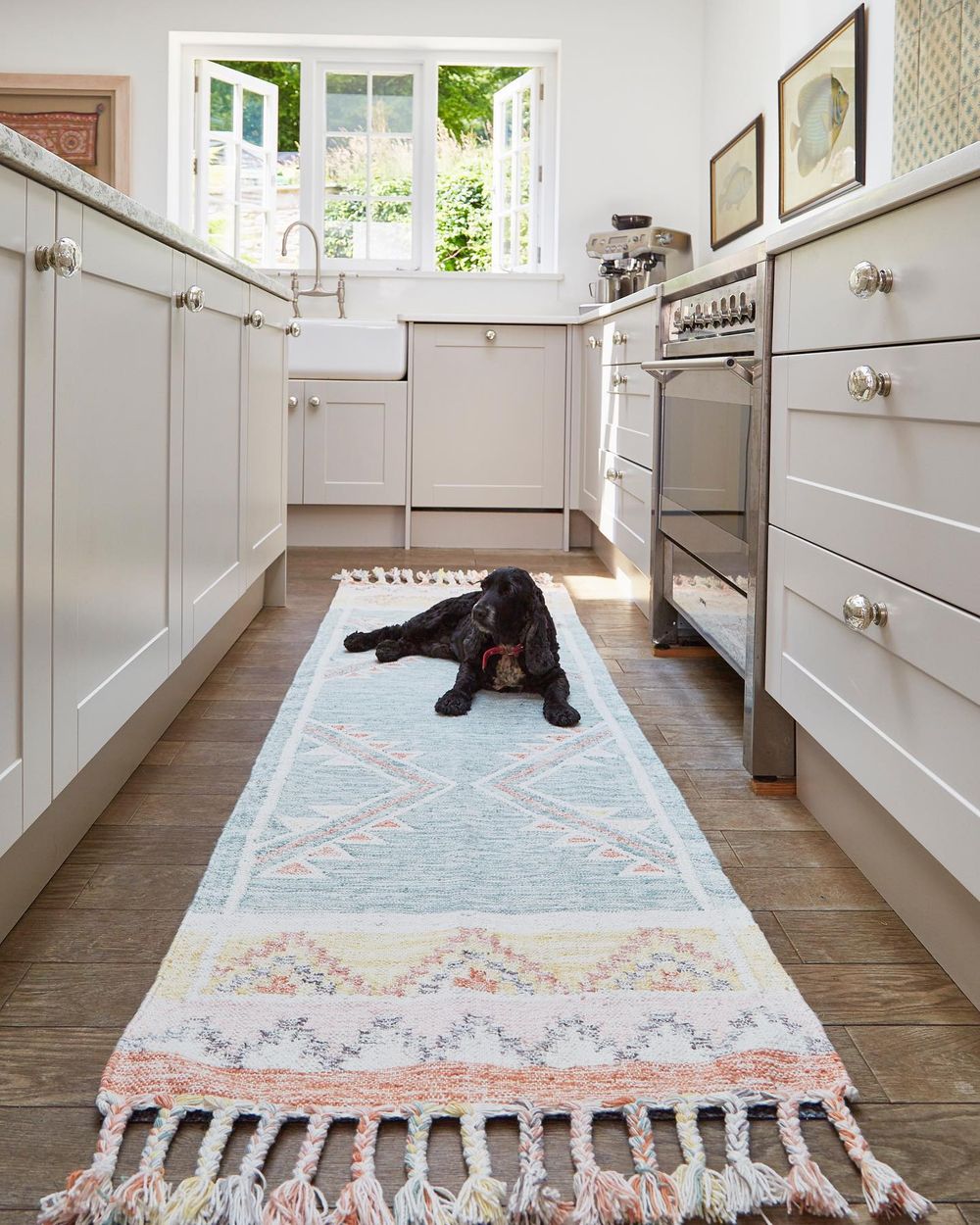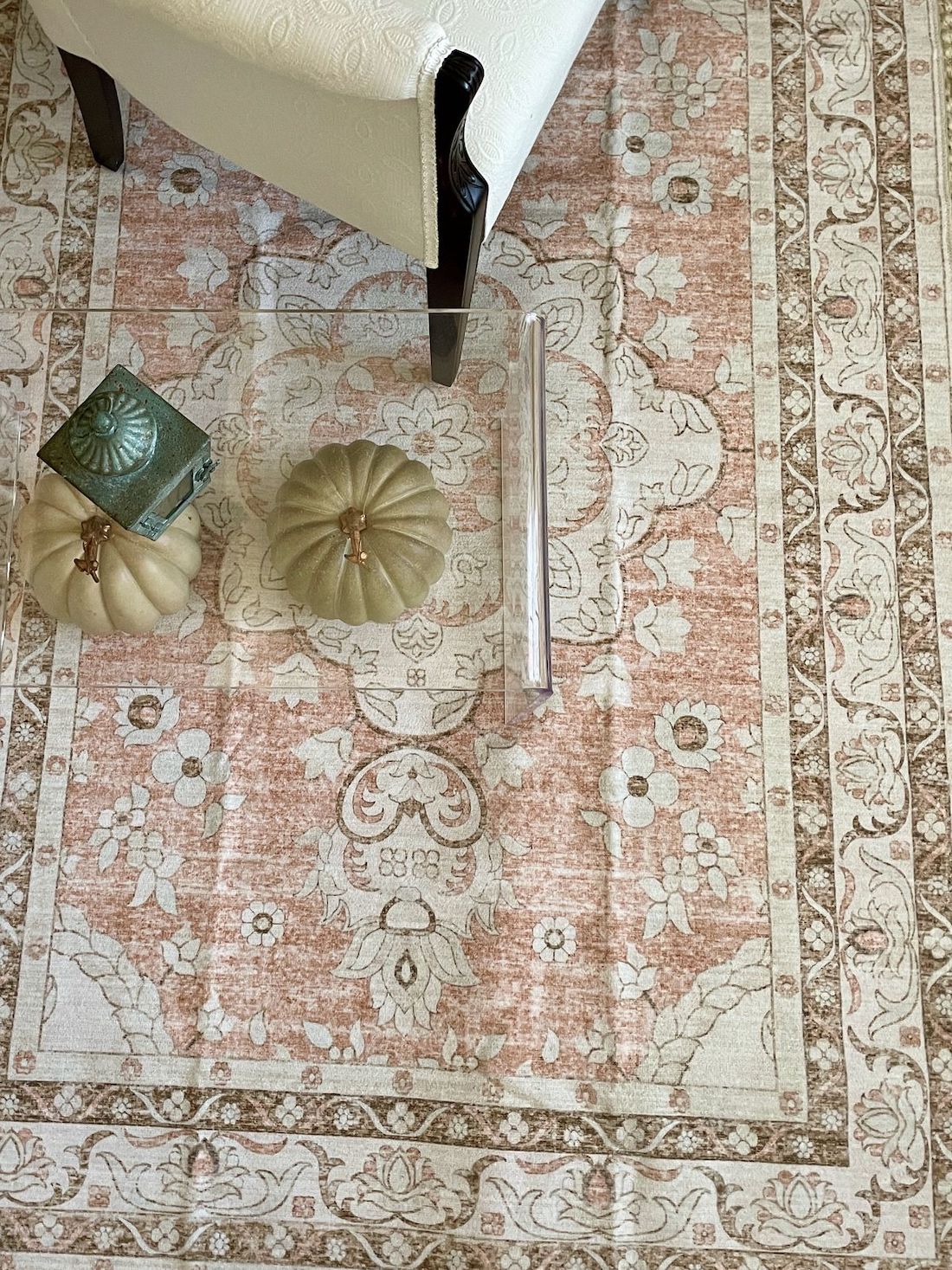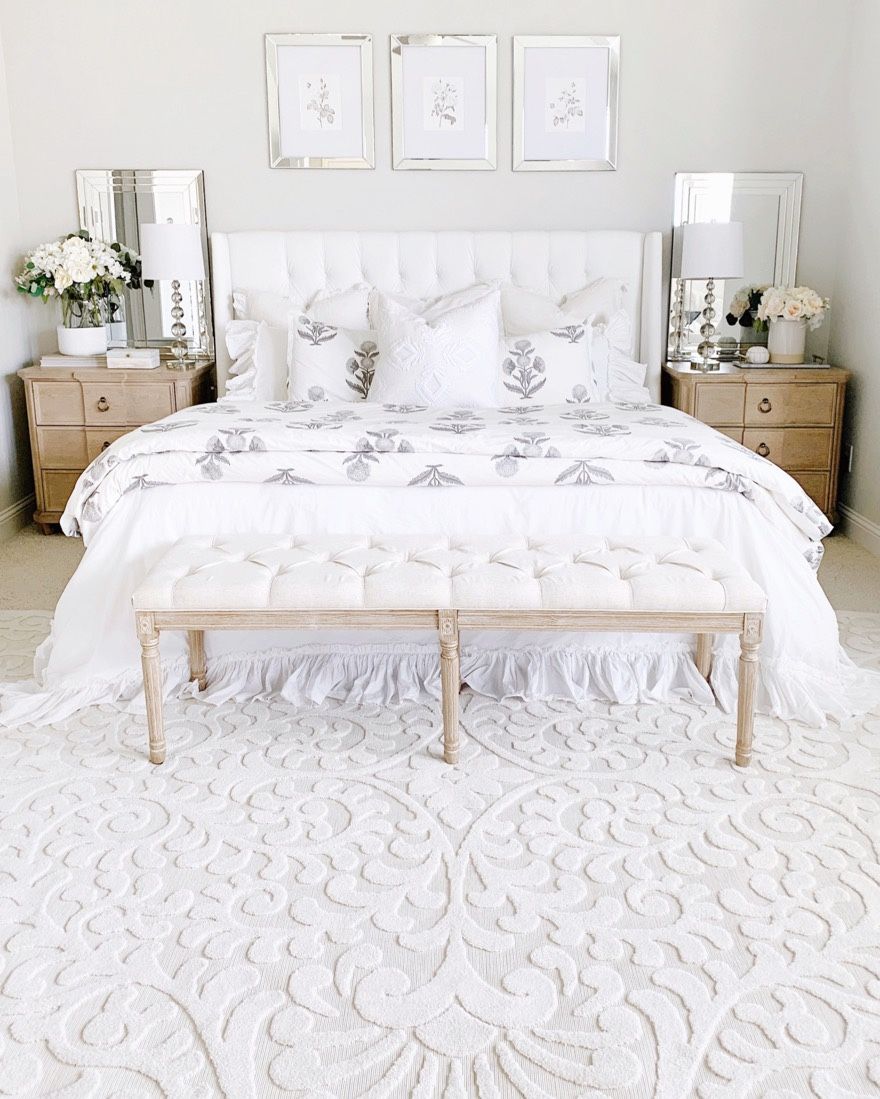Rugs can be a powerful design element that can transform the look and feel of any room. Whether you’re looking to anchor a space, add warmth and texture, or define distinct areas, the right rug can make all the difference. From classic Persian patterns to modern abstract designs, there are endless options to suit every style.
Let’s see how to choose the perfect rug for your home and share expert tips for styling it to perfection. Get ready to elevate your decor with the simple addition of a beautiful, statement-making rug.
Types of Rugs for a Home
Here are some common types of rugs:
- Area rugs: These rugs are versatile and come in various sizes, shapes, and designs. They can be used to define spaces in a room or add a pop of color.
- Shag rugs: These rugs have a deep pile that is soft and luxurious underfoot. They can add warmth and texture to a room.
- Persian rugs: These rugs are known for their intricate designs and rich colors. They can add a touch of elegance and sophistication to any room.
- Jute rugs: These rugs are made from natural fibers and have a more casual and earthy look. They are durable and great for high-traffic areas.
- Kilim rugs: These flat-woven rugs come in bold patterns and bright colors. They are lightweight and easy to move around.
- Oriental rugs: These rugs are hand-knotted and often feature intricate designs and patterns. They can be a statement piece in any room.
- Braided rugs: These rugs are made by braiding strips of fabric together. They have a cozy, homespun feel and are great for adding a touch of country charm to a room.
- Runner rugs are long, narrow rugs that are typically used in hallways, entryways, or narrow spaces. They are a great way to add color, texture, and warmth to these areas while also protecting the flooring.
- Staircase rugs, also known as stair runners or stair treads, are specifically designed to add both style and safety to staircases. They can help prevent slips and falls by providing traction on the stairs, especially if the stairs are made of a slippery material like hardwood or tile. Staircase rugs also help protect the stairs from wear and tear, extending the life of your staircase.
These are just a few examples of the types of rugs you can consider for your home. When choosing a rug, consider the size of the room, the existing decor, and the level of foot traffic in the area where the rug will be placed.
Choose the Right Rug Size
Here are some tips for choosing the right rug size:
- Measure the room: Measure the length and width of the room where you want to place the rug. This will help you determine the appropriate rug size.
- Consider the furniture layout: Decide where you want to place the rug in the room. Measure the area where you want the rug to go, such as under the living room furniture or around the dining table.
- Leave a border: Generally, you want to leave 12-18 inches of bare floor around the edges of the rug. This creates a balanced look and prevents the rug from looking too small for the space.
- Proportion to the room: The rug should be proportional to the size of the room. In a small room, a smaller rug may be more appropriate, while in a larger room, a bigger rug can help anchor the space.
- Consider the furniture: If you’re placing the rug under furniture, make sure the rug is large enough to accommodate all the furniture pieces. At minimum, the front legs of the furniture should be on the rug.
- Dining room guidelines: For a dining room, the rug should be large enough to accommodate the table and chairs, with at least 24 inches of rug extending past the table on all sides.
- Living room guidelines: In a living room, the rug should be large enough to fit under the front legs of the sofa and chairs, with the back legs off the rug.
Remember, the right rug size can make a big difference in the overall look and feel of a room, so take the time to measure and consider the space before making a purchase.
Understanding Rug Piles
Rug piles refer to the thickness and texture of the rug’s surface. The pile of a rug is the density and length of the fibers that make up the rug’s surface. Here are some common types of rug piles:
- Low pile: These rugs have short, dense fibers that create a flat, smooth surface. They are durable and easy to clean, making them a good choice for high-traffic areas.
- Medium pile: These rugs have fibers that are slightly longer than low pile, creating a slightly plush and cushioned feel underfoot. They are a versatile option that can work in many rooms.
- High pile: These rugs have long, soft fibers that create a deep, luxurious feel. They are often made of materials like shag or frieze and can add a cozy, textured look to a space.
- Looped pile: These rugs have fibers that are looped rather than cut, creating a textured surface. They are durable and easy to clean.
- Cut pile: These rugs have fibers that are cut, creating a smooth, velvety surface. They tend to show footprints and vacuum marks more easily than looped pile rugs.
The pile height you choose should depend on the room’s use. Higher pile rugs may be better for low-traffic areas, while lower pile rugs are more practical for high-traffic spaces. Consider the feel and look you want to achieve when selecting a rug pile.
Patterned vs. Solid Rugs
Here’s a general guide on which rooms are best suited for patterned vs. solid rugs:
When Patterned Rugs are Ideal:
- Living Rooms – Patterned rugs can add visual interest and anchor the seating area. Bold, graphic patterns work well in spacious living rooms.
- Dining Rooms – Patterned rugs can define the dining area and complement a patterned table or chairs.
- Entryways – Patterned rugs can make a statement and set the tone for the rest of the home.
- Kids’ Rooms – Patterned rugs can hide stains and wear better in high-traffic areas.
When to Use Solid Rugs:
- Bedrooms – Solid rugs create a calming, cohesive look that allows other bedroom decor to shine.
- Home Offices – Solid rugs provide a grounding, professional look that won’t distract from work.
- Hallways – Solid rugs in neutral tones can visually expand narrow hallways.
- Formal Living Rooms – Solid rugs allow elegant furniture and decor to take center stage.
For small spaces, solid rugs can make small rooms feel more open, while patterned rugs can overwhelm. When working with transitional spaces, solid rugs work well to connect different rooms and flow between spaces. In high-traffic areas, patterned rugs can better camouflage dirt and wear in busy areas.
Ultimately, it’s often helpful to see samples in the space to determine the right balance of pattern and solid!
Rug Placement Around Furniture
Generally speaking, when placing a rug, avoid having the rug cut off the front legs of furniture – this can look unbalanced. Measure the space carefully to ensure the rug size is proportional to the room. Consider the flow of traffic when placing the rug.
Here are some tips for proper rug placement with furniture in a specific room.
Living Room:
- Place the rug so that the front legs of the sofa and chairs are on the rug. This anchors the furniture.
- If the rug is large enough, you can have all the furniture legs on the rug.
- Leave 12-18 inches of bare floor around the edges of the rug.
Dining Room:
- The rug should be large enough to accommodate the dining table and chairs, with at least 24 inches of rug extending past the table on all sides.
- When chairs are pulled out, their legs should still be on the rug.
Bedroom:
- Center the rug under the bed, with at least 18 inches of rug extending past the sides of the bed.
- In a small bedroom, the rug can just go under the front legs of the bed.
Entryway:
- The rug should be large enough to stand on when entering the home.
- Leave 6-12 inches of bare floor around the edges.
Hallways:
- The rug should be narrower than the hallway, leaving 6-12 inches of bare floor on each side.
- The rug should run the length of the hallway.
Proper rug placement can really pull a room together and make the space feel cohesive. Take the time to get the placement right.
